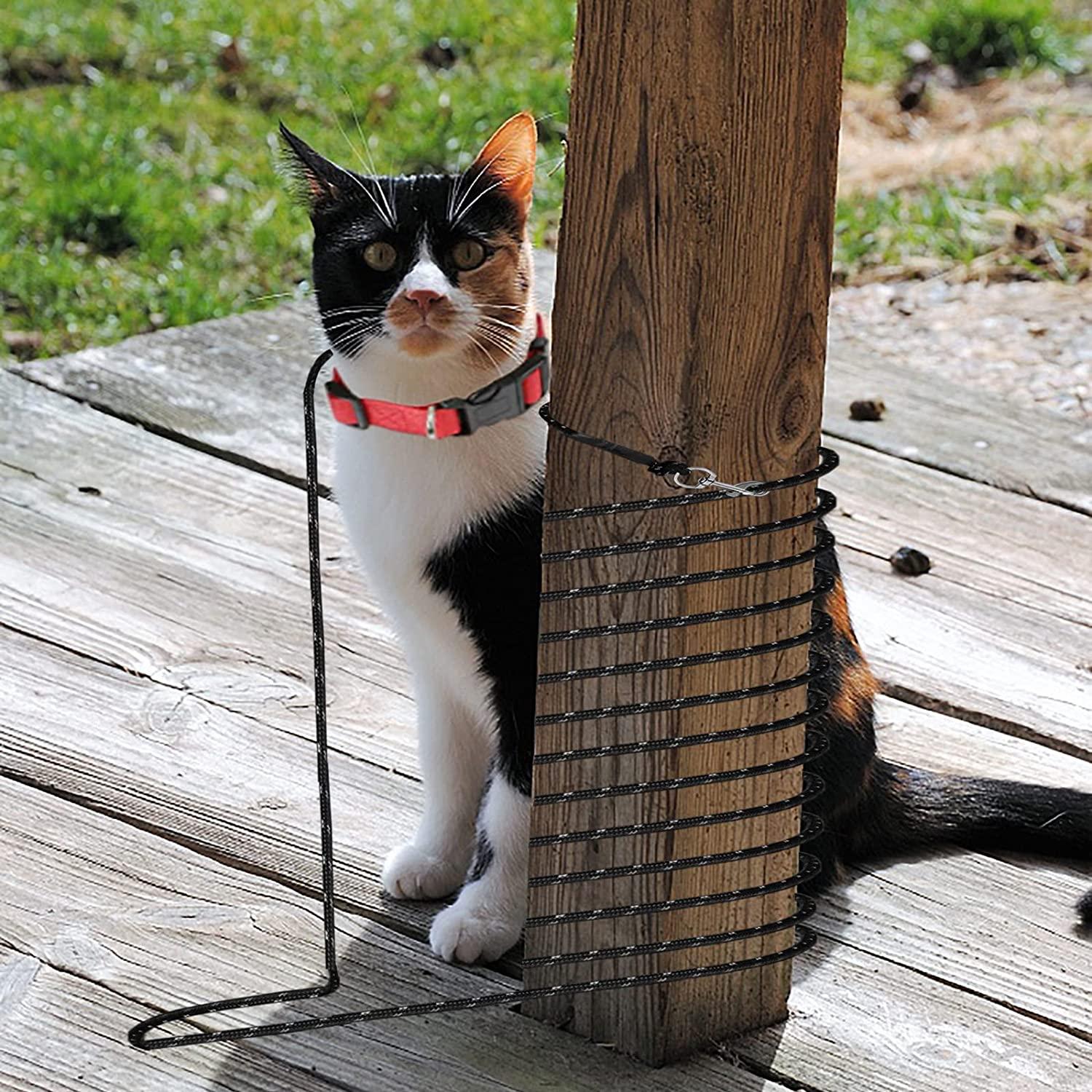Dogs driven purely by immediate desire and impulse remain at perpetual risk of indulging dangerous temptations. Like toddlers, they require our patient guidance establishing self-restraint allowing wiser wait times before gratification. Building key impulse control skills creates a foundation upholding safety, manners and cooperation – the bedrock of dogs properly understanding their place calmly within human worlds awaiting our cues.
The Vital Role of Impulse Control
Impulse control enables dogs pausing, thinking and disengaging drive states until released to approach/engage rewards only upon our signal. Whether halting mid-squirrel bolt or leaving tasty trash untouched when unsupervised, this impulse override:
- Enhances attention skills
- Builds work ethic
- Deepens bonding communication
- Improves safety
- Reduces behavioral problems
- Sets up wider training success
Essentially, this one concept profoundly influences reliable conduct long-term.
Where to Start Building Impulse Control
Begin instilling self-regulated restraint through games teaching your excited doghibit immediate drives despite highly enticing cues:
- Place tempting treats under paws to “leave it”
- Practice door dashes pausing upon cues
- Freeze during frisbee tosses until released
- Cease barking mid-outburst on command
- Pass squirrels without pulling toward them
Actively reinforce stopping dead in their tracks, eliciting focus back to you, waiting prolonged moments and releasing through permission commands before satisfying urges.

Generalizing Impulse Control Across Situations
Once solid foundations establish waiting even around high triggers, generalize skills practicing in more tempting environments:
- Waiting before meal bowls put down
- Loose leash walking ignoring distractions
- Greeting visitors calmly behind thresholds
- Riding calmly in cars without barking
- Stopping immediately upon verbal correction
Use baby gates, tethers or crates limiting poor choices while impulse control coaching continues layering real world proofing.
The dividends of priorities impulse control training pays off profoundly in borrowed time rewarding your leadership first before headstrong habits take control for those willing trying their very best to focus. Set them up for impulse regulation success!
Frequently Asked Questions
At what age can impulse control training begin?
As soon as 8 weeks old, puppies benefit immensely from games teaching patience around food, thresholds and novelty. Early conditioning prevents problematic patterns taking root. Just keep sessions very short and rewarding at first.
Which dogs most need impulse control training?
High energy working breeds, herding breeds, terriers -any dogs highly activated by movement, newcomers or food rewards need positive structured outlets learning activated states get released only upon cue.
Can I reinforce impulse control skills long-term?
Absolutely, intermittently request refresher “wait” or “leave it” moments during adulthood followed by permissions releasing dogs to self-reward. This keeps lifelong skills sharp preventing erosion or testing boundaries.
Let impulse control become intuitive habits governing best behavior not by micromanaging every second but through reinforcing emotional self-regulation strength dogs tap themselves. Boost this competency early and often!


